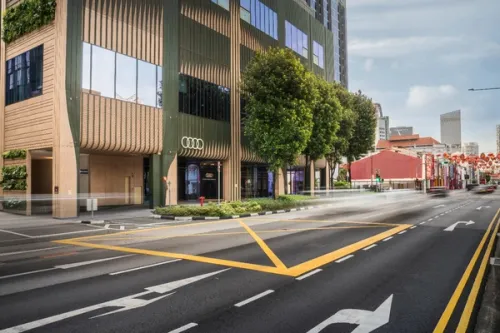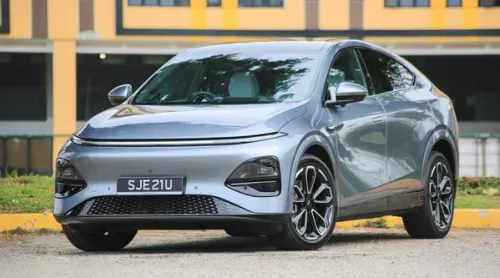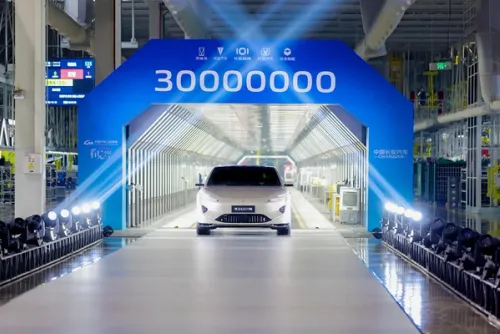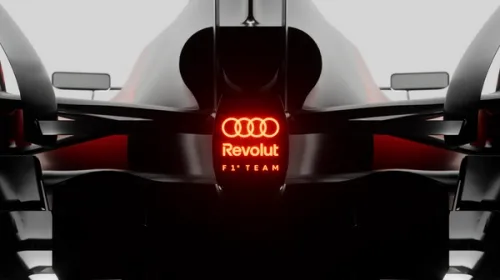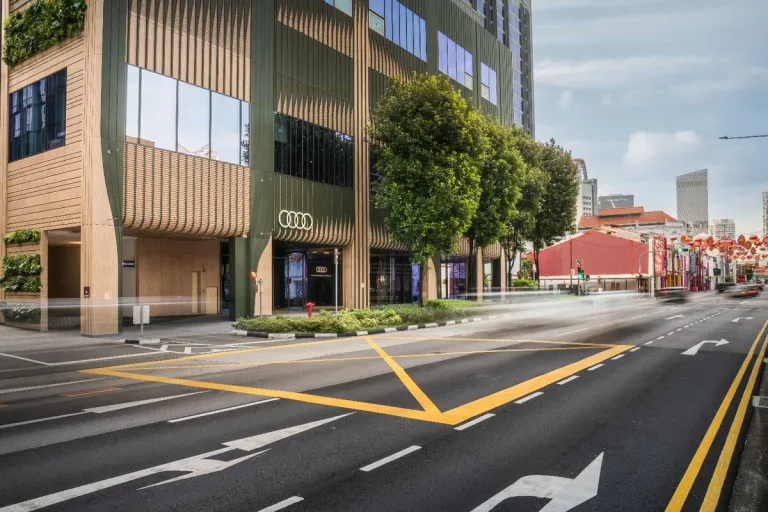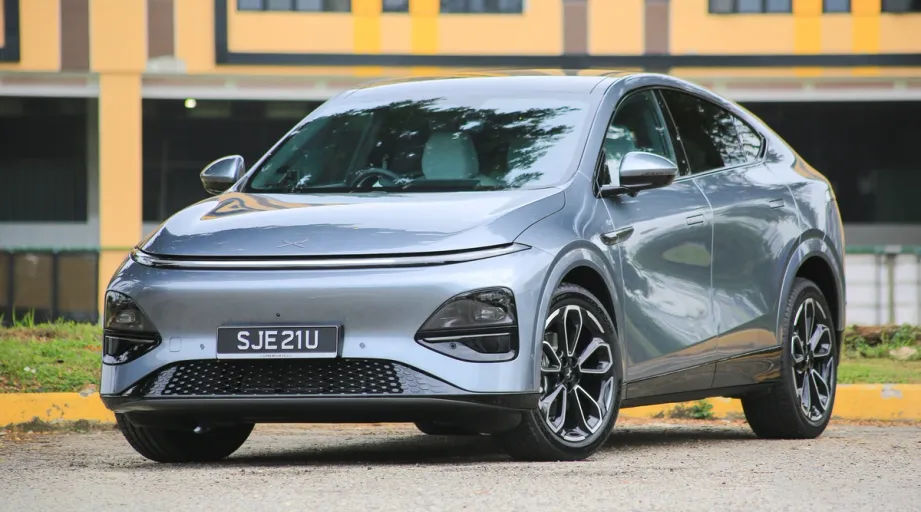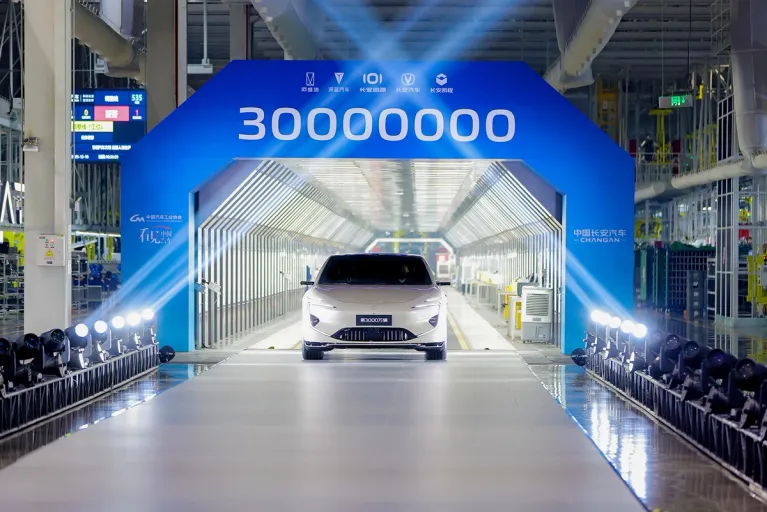Hyundai IONIQ Electric, the Future of E-Mobility.
Singapore. Komoco Motors Pte Ltd, main distributor of Hyundai automotive, has showcased Hyundai IONIQ Electric at the Singapore Motorshow. This is part of the refreshed line up of Hyundai IONIQ with a refreshed electrified powertrain – that has greater improvement in efficiency.


“Hyundai IONIQ Electric’s arrival marks an important mobility milestone for both Hyundai and Singapore in approaching pure e-mobility. Ownership of electric vehicle is made easy as the Hyundai IONIQ Electric offers the convenience of home, public and even emergency rescue mobile charging on the go,” said Mr. Teo Hock Seng, Group Managing Director of Komoco Motors.
Compact electric motor powered by a 28 kWh lithium-ion polymer battery and can travel up to 280 km on a single charge.
The Hyundai IONIQ Electric offers pure e-mobility through a 28 kWh lithium-ion polymer battery for a maximum range of up to 280 km on a single charge. Lithium-ion polymer battery provides lower memory sensitivity, excellent charge and discharge efficiency along with outstanding maximum output.
Charging the Hyundai IONIQ Electric’s lithium-ion polymer battery takes about 30 minutes using a rapid charger.
Locally, Komoco Motors offers emergency rescue vehicle to vehicle charging service and a 10-year unlimited battery warranty that is exclusive for the Hyundai IONIQ Electric. In an emergency, when the electric vehicle runs out of electricity, customers can contact Komoco Motor’s service center to arrange for an emergency rescue vehicle to vehicle charging on the spot.
The Hyundai IONIQ Electric is a zero-emissions vehicle and has an instantly available maximum torque of 295 Nm, which is delivered by the electric motor with a maximum output of 88 kW (120 PS) through the single-speed reducer transmission accelerating the car up to 165 km/h. Yet, it still maintains the cost efficiency of an incredible S$2.90 per 100km. The Single Speed Reducer transmission automatically and seamlessly accelerates the Electric and offers SPORT, NORMAL and ECO modes to enhance efficiency and driving characteristics. In SPORT mode, the Hyundai IONIQ Electric can accelerate from 0 to 100km in 9.9 seconds.
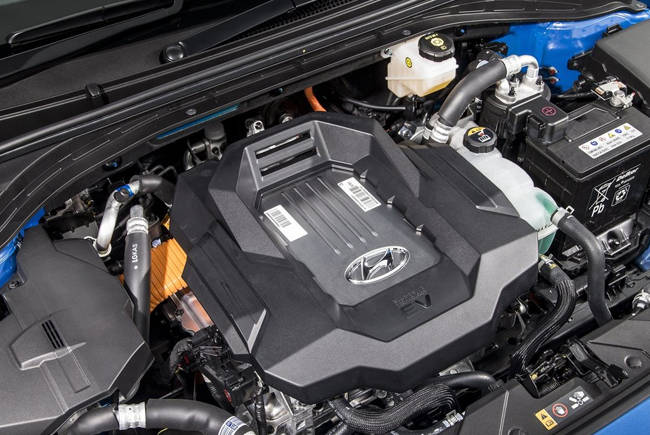
The driving performance of the Hyundai IONIQ line-up is among the best in its segment thanks to a powertrain which is specially adapted to deliver efficient mobility without compromise. Ride and handling, as well as noise, vibration and harshness levels, are tuned to contribute towards superior ride quality, while insulation in the dashboard minimizes engine noise. Damping in the floor panels as well as enhanced A and B pillar fillings, thicker window glass and noise cancelling film on the windshield further improve the quiet and comfortable ride. The Hyundai IONIQ Electric applies a torsion beam rear axle proving more space for the 28 kWh lithium-ion polymer battery, placed below the rear seats.
Braking force is optimized to get the most out of the regenerative braking system, helping the Hyundai IONIQ to maintain a healthy state of charge (SOC). Regenerative braking also operates to reduce noise, using the third generation of the brand’s energy recuperating stopping system. An Integrated Brake Assist Unit (iBAU) and Pressure Source Unit (PSU) also contribute to quieter operation than its rivals. This also helps ensure ultra-low friction for maximum energy recuperation and efficiency.
Hyundai Motor’s IONIQ line-up calls upon two key influences – efficiency and technology – in its design, which combine to create a unique and future-looking appearance. Hyundai IONIQ’s sleek, coupe-like silhouette and its simple, carefully wrought contours assist the efficient management of airflow around the exterior. Applications like front wheel air curtains, a rear spoiler and diffuser, side sill moldings, floor undercover and a closed wheel design all contribute to the car’s high aerodynamic efficiency.
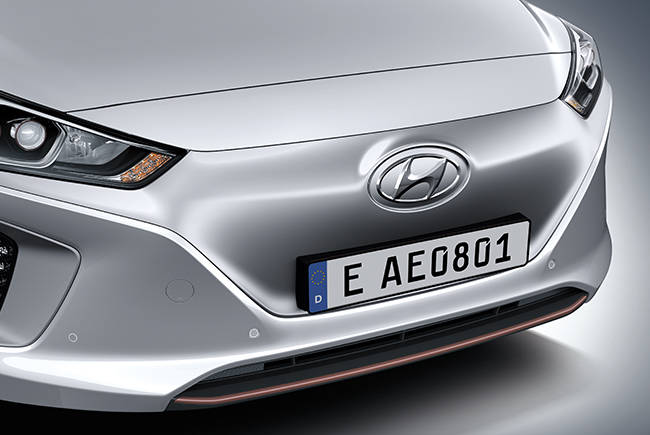
A distinctive feature of the Hyundai IONIQ Electric is that without the motor’s need for cooling, the grille gives way to a clean and sleek surface. The Hyundai IONIQ Electric also features low-beam LED front headlamps and rear combinations lamps with a unique pattern imparting a distinct identity to the car when looked behind. The electric character of the car’s design is underscored by the copper coloured character line below the rear bumper and below the front bumper, alluding to the property of copper as an excellent electric conductor. An exclusive colour option of the Hyundai IONIQ Electric that is available is Blazing Yellow.
Just as with the car’s exterior design, the interior of the Hyundai IONIQ line-up captures the model’s futuristic perspective. A ‘Purified High-Tech’ concept was established, which then evolved into the refined interior of the Hyundai IONIQ.
A Hyundai-first and a key characteristic of the Hyundai IONIQ line-up is its innovative use of recycled or ecologically sensitive materials. For example, the interior door covers are made of natural plastic combined with powdered wood and volcanic stone while providing the same quality appearance. The softer, more natural feel is achieved alongside less reliance on oil-based products. This approach extends to other areas of the car too. Raw materials extracted from sugar cane are partly applied on the headlining and carpet helping to improve quality of air inside the car and the recyclability of vehicle parts at end of life. Paint with renewable ingredients extracted from soybean oil is used to achieve lustrous metallic colours on some of the components.
Inside the Hyundai IONIQ Electric exclusively available copper coloured accents create the impression that electricity is flowing through the whole car’s interior.
Efficient packaging was also taken into consideration as the battery system is located underneath the rear seats so that the usability of the passenger cabin and cargo area is entirely uncompromised in the Hyundai IONIQ Electric which despite larger batteries, offers a generous cargo capacity of up to 455 litres (VDA standard).
The shift by wire system unique to Hyundai IONIQ Electric enables operation of the car simply by pressing buttons to switch driving modes, and eliminates the routing space required for housing the mechanical linkages between a normal shifter and the transmission, providing more space in the front car.
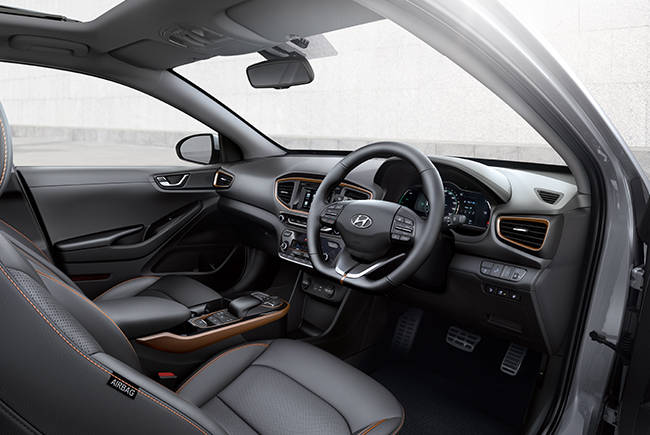
The Hyundai IONIQ Electric also features an electronic parking brake (EPB) at the command of the driver’s fingertips and caters for drivers looking to integrate their smartphone with the vehicle’s infotainment system. The infotainment system enables users to connect their devices to deliver and control music and telephone or view the integrated dynamic rear-view camera function on screen. The seamless connectivity allows drivers and passengers to stay connected while remaining focused on the road. To ensure occupants’ phones are always charged, Hyundai IONIQ Electric offers wireless inductive charging tray for mobile phones, which is conveniently positioned right next to the shift by wire buttons.
Credits:


Get the Best Price for your used car
from 500+ dealers in 24 hours

- Convenient and Hassle-Free
- Consumer Protection
Transparent Process
With No Obligation
